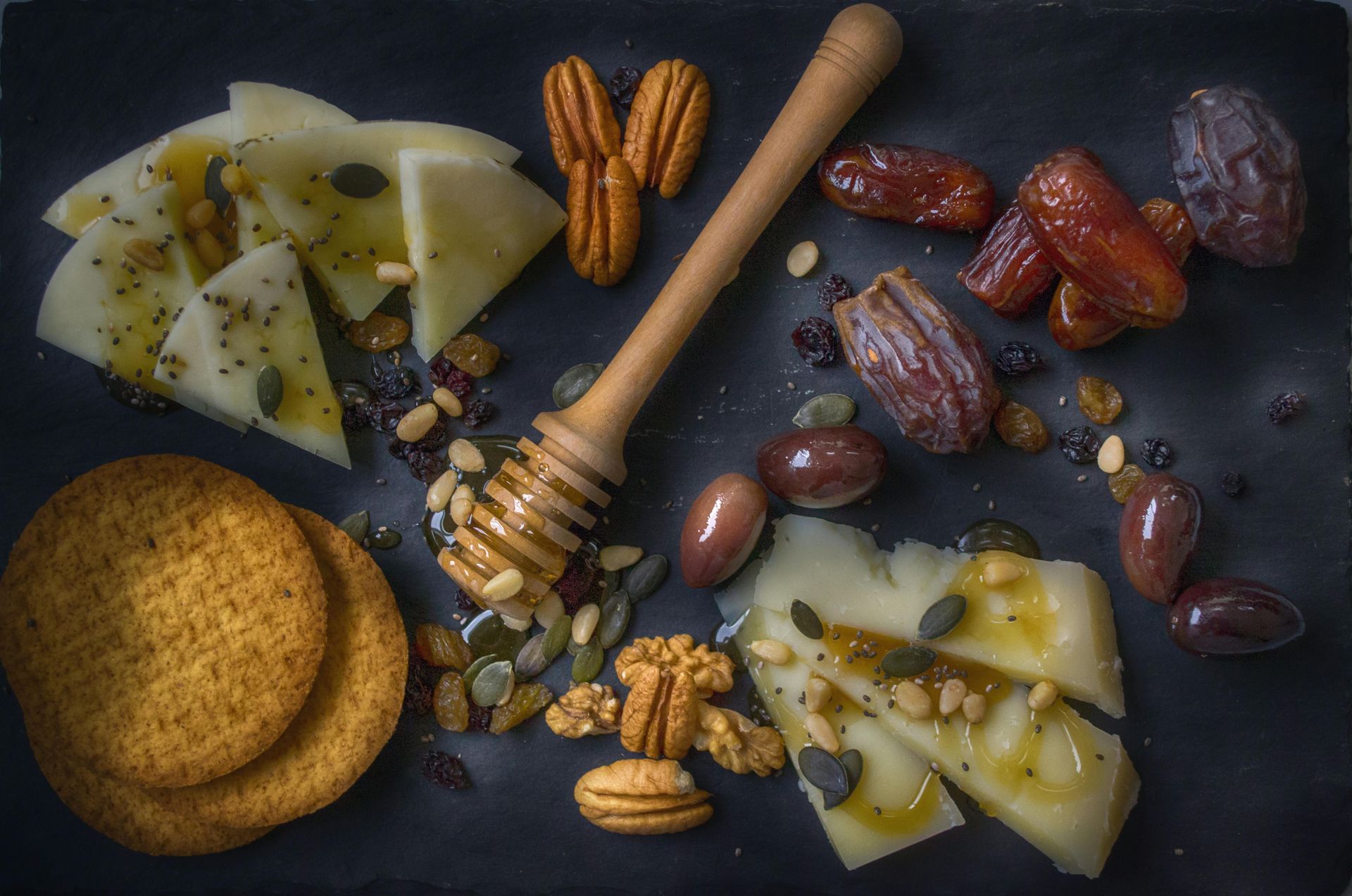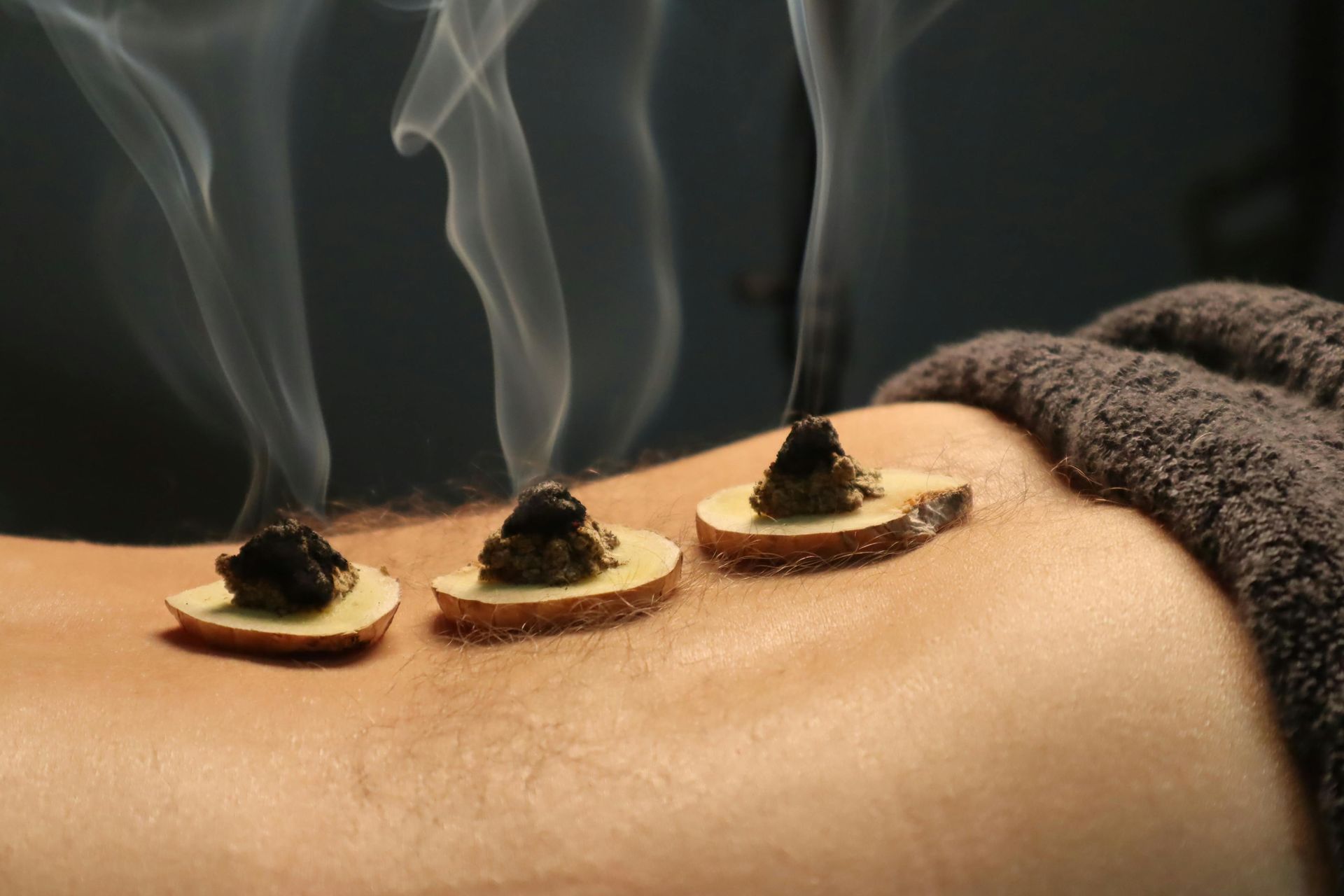Munch on This: The Smart Guide to Snacking
Mindful Snacking: Transforming Cravings into Healthy Habits

Food is Information!
Snacking can be both a friend and a foe, depending on how and why we approach it. Let’s explore mindful snacking strategies, the science behind hunger, and nutritious snack options to help you stay energized and aligned with your wellness goals.
Foe or Friend? The Truth About Snacking
Before reaching for a snack, ask yourself: Why am I eating?
Are you bored? Coping with stress? Or are you experiencing genuine hunger? Emotional eating often leads to consuming energy-dense snacks high in sugar and fat, which can harm your health in the long run.
According to Harvard School of Public Health, emotional eaters under stress are more likely to turn to unhealthy snacks. By understanding your motivations, you can transform snacking from a foe into a friend.
Thirst vs. Hunger: Are You Really Hungry?
Did you know that thirst is often mistaken for hunger? Studies reveal that 37% of people confuse thirst for hunger. Before you snack, drink a glass of water—it might satisfy your cravings. Hunger cues like fatigue, lack of focus, irritability, or a growling stomach may indicate a need for nourishment. Tune into your body to make informed decisions about your health.
Snack Smarter: Plan for Success
- Avoid falling into the trap of convenient but unhealthy snacks. Many ready-to-eat options are heavily processed and high in sugar, sodium, and fats.
- Instead, plan your snacks ahead of time. Prepping meals and snacks for the week ensures accountability and keeps you on track.
Taking the Guilt Out of Snacking
Pro Tips for Healthy Snacking
When done appropriately, snacking can:
- Boost energy levels.
- Curb your appetite.
- Prevent overeating during meals.
- Provide vital nutrients.
Find snacks that satisfy your cravings, are enjoyable, and hold you over until your next meal.
Oral Fixation? Find Healthy Alternatives
Snacks often fall into five categories:
- Crunchy
- Creamy
- Sweet
- Savory
- Salty
Finding nutritious alternatives for your favorite snacks can solve half the battle. Manipulate your cravings to your advantage by opting for nutrient-dense options.
Optimize Your Snack Choices
Your relationship with food should go beyond immediate pleasure. Ask yourself, “Am I eating for enjoyment or to fuel my body with nourishment?”
High-quality snacks should include:
- Fiber
- Protein
- Healthy Fats
- Micronutrients
- Prebiotics & Probiotics
Size Matters
Be mindful of portion sizes when snacking. Aim for 150–200 calories per snack—enough to satisfy cravings without disrupting meals. Some snacks can double as small meals when appropriately portioned.
Munch on Purpose: Snack Ideas
Here are some wholesome snack ideas to inspire your next meal prep:
Quick Wraps
Tuna Salad Lettuce Wraps: Tuna, butter lettuce, and tomato slices.
BLT Wrap: Bison (grass-fed), avocado, and lettuce.
Veggies & Dips
- Carrot and celery sticks with almond or peanut butter.
- Cucumber bites with smoked salmon and cream cheese.
Simple Grains & Proteins
- Steel-cut oats topped with fresh fruit.
- Quinoa salads with seasonal veggies.
Portable Snacks
- Grass-fed jerky or dried fruit.
- Protein bars like RXBar or Misfits.
By choosing nutrient-dense and mindful snack options, you can enjoy snacking guilt-free while staying true to your health goals.
What’s your favorite healthy snack? Share your ideas below!
Sources
1. David Baker (2022, July 4). 8 keys to unlocking smarter snacking. Ask The Scientists. Retrieved July 23, 2022, from https://askthescientists.com/snacking/
2. Lori Rice, M.S. (2016, August 15). Recognizing hunger signals. MyFoodDiary. Retrieved July 23, 2022, from https://www.myfooddiary.com/blog/recognizing-hunger-signals
3. McKiernan, F., Houchins, J.A., & Mattes, R.D. (2008, August 6). Relationships between human thirst, hunger, drinking, and feeding. Physiology & Behavior. Retrieved July 23, 2022, from https://www.ncbi.nlm.nih.gov/pmc/articles/PMC2467458/
4. The Science of Snacking. The Nutrition Source. (2021, February 18). Retrieved July 23, 2022, from https://www.hsph.harvard.edu/nutritionsource/snacking/
Elev8d Essence: The Balance Blueprint




